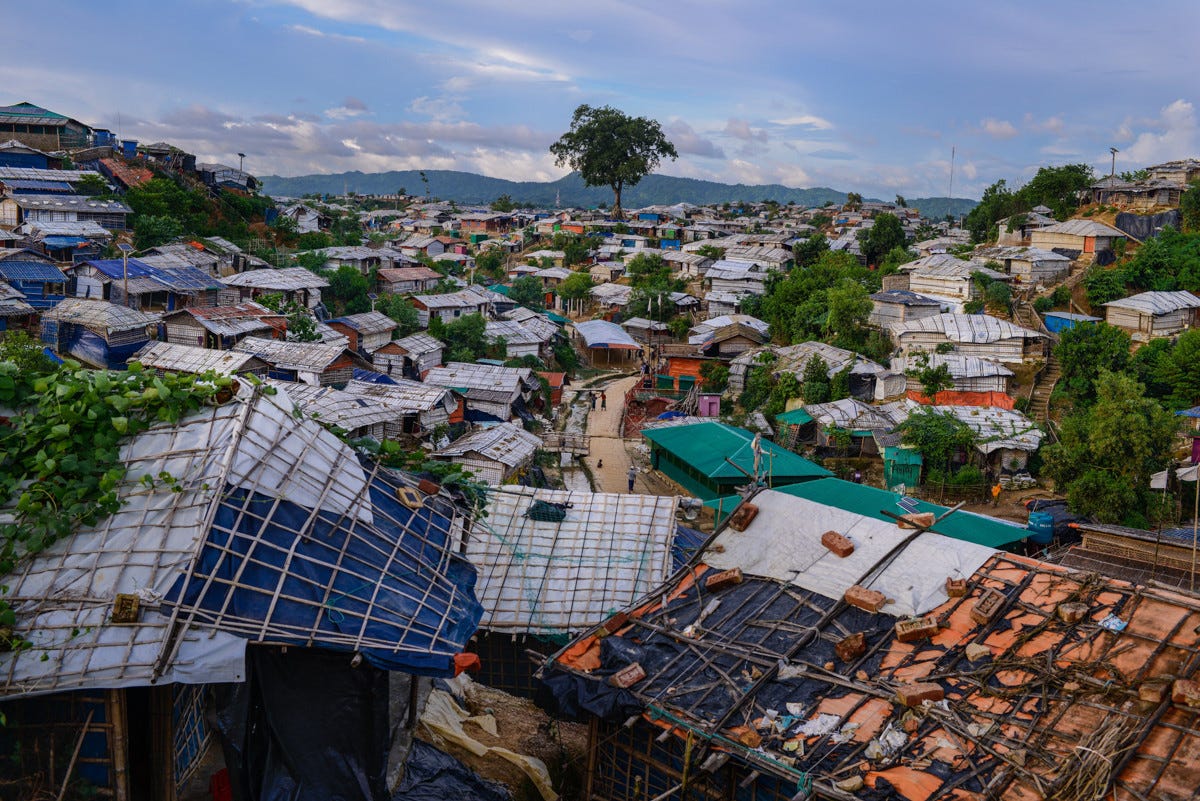Rohingya Refugee Camps Likely a Catastrophic Covid-19 Incubator
Already riddled with diarrhea, diptheria and other diseases, camps face disaster

Photo Credit: Al Jazeera
By: Michele Penna
The first case of Covid-19, the enormously contagious coronavirus, has been recorded in Cox’s Bazar, the narrow district in southern Bangladesh where hundreds of thousands of ethnic Rohingya refugees fleeing violence in Myanmar are crammed into shacks, with little clean water and insufficient, non-nutritious food.
Keep reading with a 7-day free trial
Subscribe to Asia Sentinel to keep reading this post and get 7 days of free access to the full post archives.
